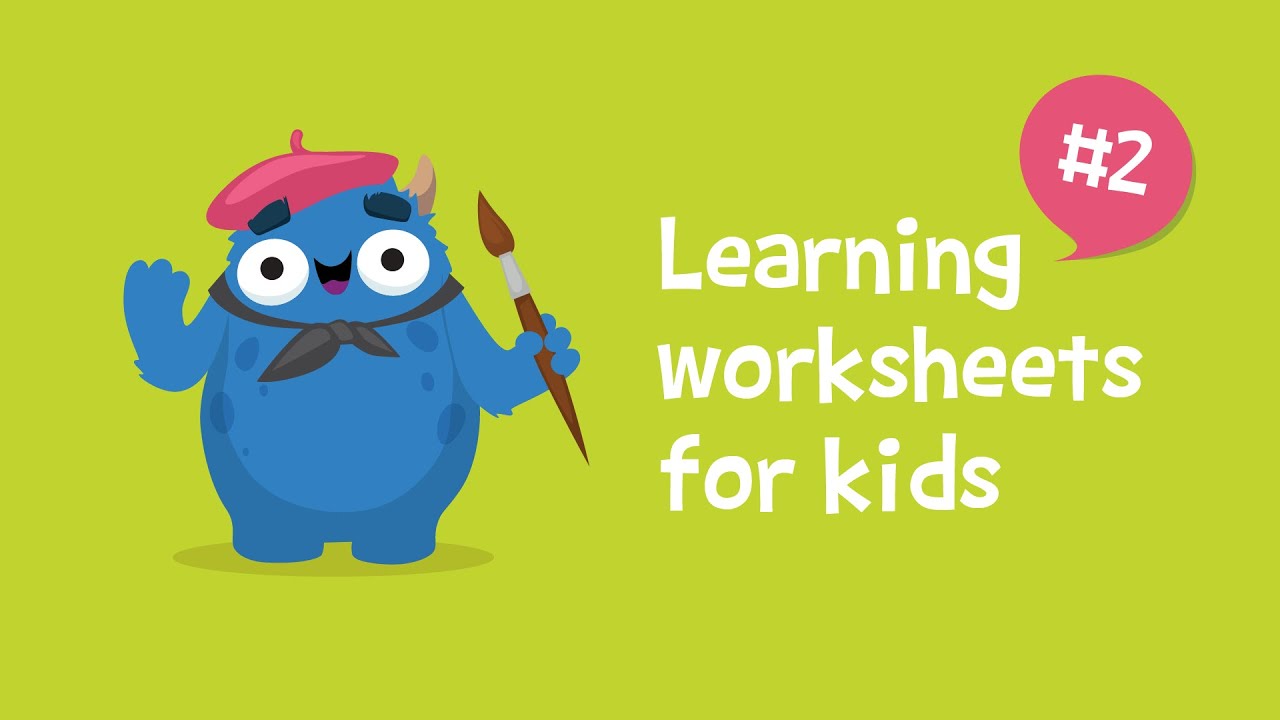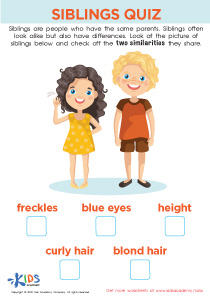Shape Recognition Science Worksheets for Ages 5-7
5 filtered results
-
From - To
Boost your child's early learning with our "Shape Recognition Science Worksheets for Ages 5-7"! Developed by top educators, these engaging worksheets are perfect for young learners to explore shapes in a fun, interactive way. Aligning with educational standards, they enhance critical thinking, fine motor skills, and pattern recognition. Whether at home or in the classroom, kids will enjoy activities that convert basic shape knowledge into a solid foundation for future math and science success. Suitable for preschoolers and first graders, these printable worksheets make shape learning exciting and rewarding. Help your child recognize, trace, and master shapes effortlessly!
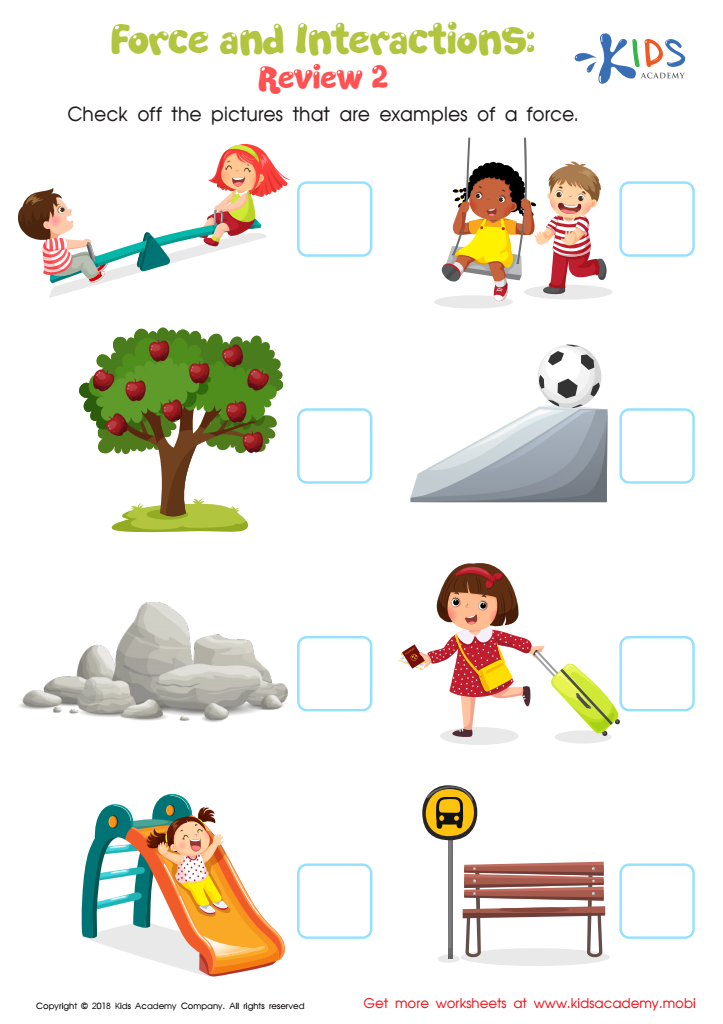

Force and Interactions: Review 2 Worksheet
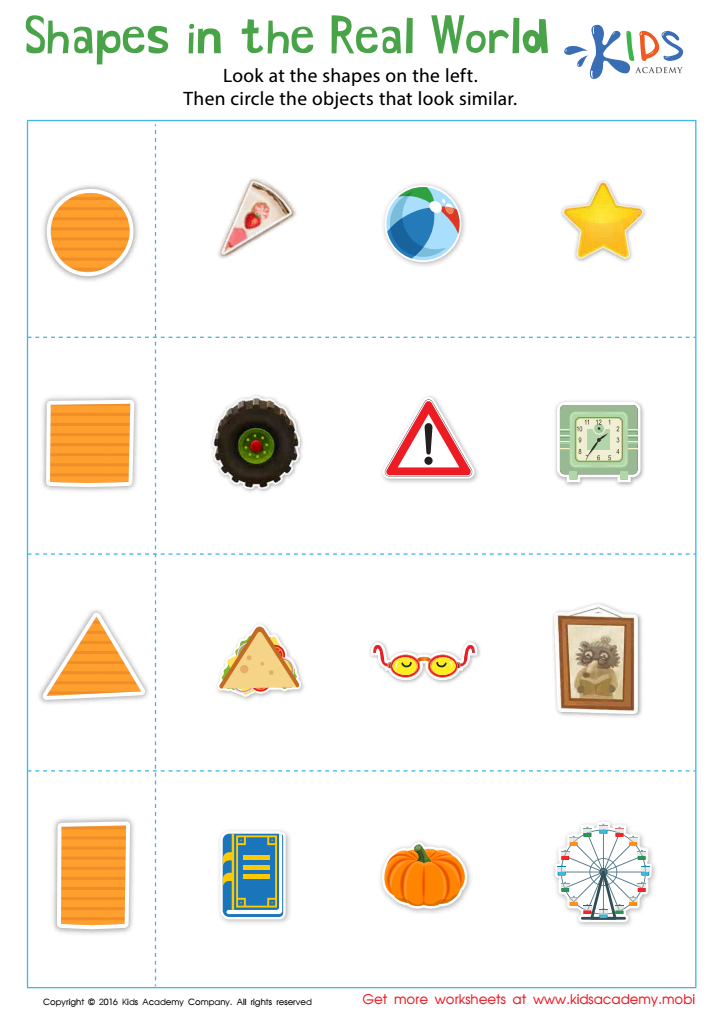

Shapes in the Real World Worksheet


Will It Make a Shadow? Worksheet
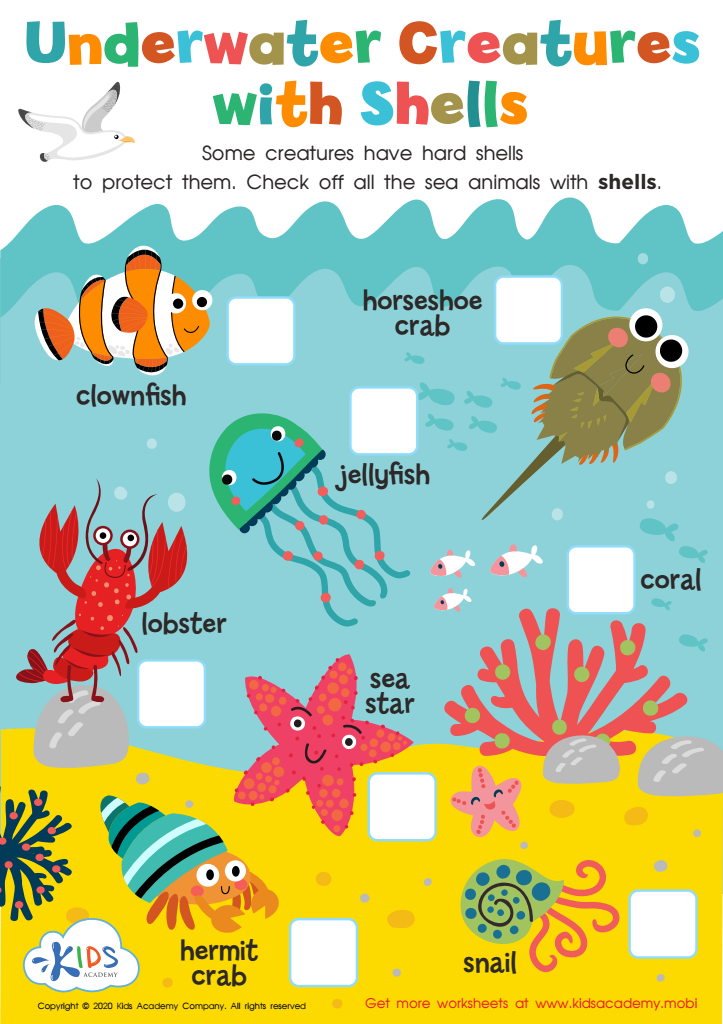

Underwater Creatures with Shells Worksheet


Force and Interactions: Assessment 2 Worksheet
Shape recognition is a fundamental aspect of early childhood development that carries profound educational benefits for children ages 5-7. Parents and teachers should prioritize shape recognition science because it enhances cognitive skills, mathematical understanding, and problem-solving abilities.
Firstly, recognizing shapes helps develop a child's spatial awareness, which is crucial for understanding and interacting with the physical world. This spatial awareness is the foundation for navigating their surroundings and can contribute to the development of hand-eye coordination and fine motor skills.
Secondly, shape recognition is directly linked to early mathematical skills. Learning to identify and describe shapes lays the groundwork for geometry, a branch of mathematics that children will study in greater detail later on. Knowledge of shapes such as circles, squares, and triangles also helps children grasp more complex concepts such as patterns, symmetry, and properties of objects.
Moreover, engaging with shapes promotes problem-solving skills and logical thinking. Picking out differences and similarities between shapes teaches children critical thinking and categorization, which are essential skills in both academic and everyday contexts.
Finally, shape recognition activities can be a social experience, encouraging group activities and collaboration which foster communication skills and teamwork. Emphasizing shape recognition science for young children sets a strong foundation for future learning and overall cognitive development, making it an essential component of early education.
 Assign to My Students
Assign to My Students







